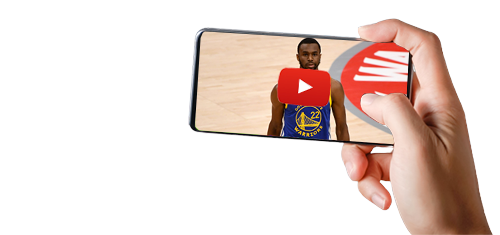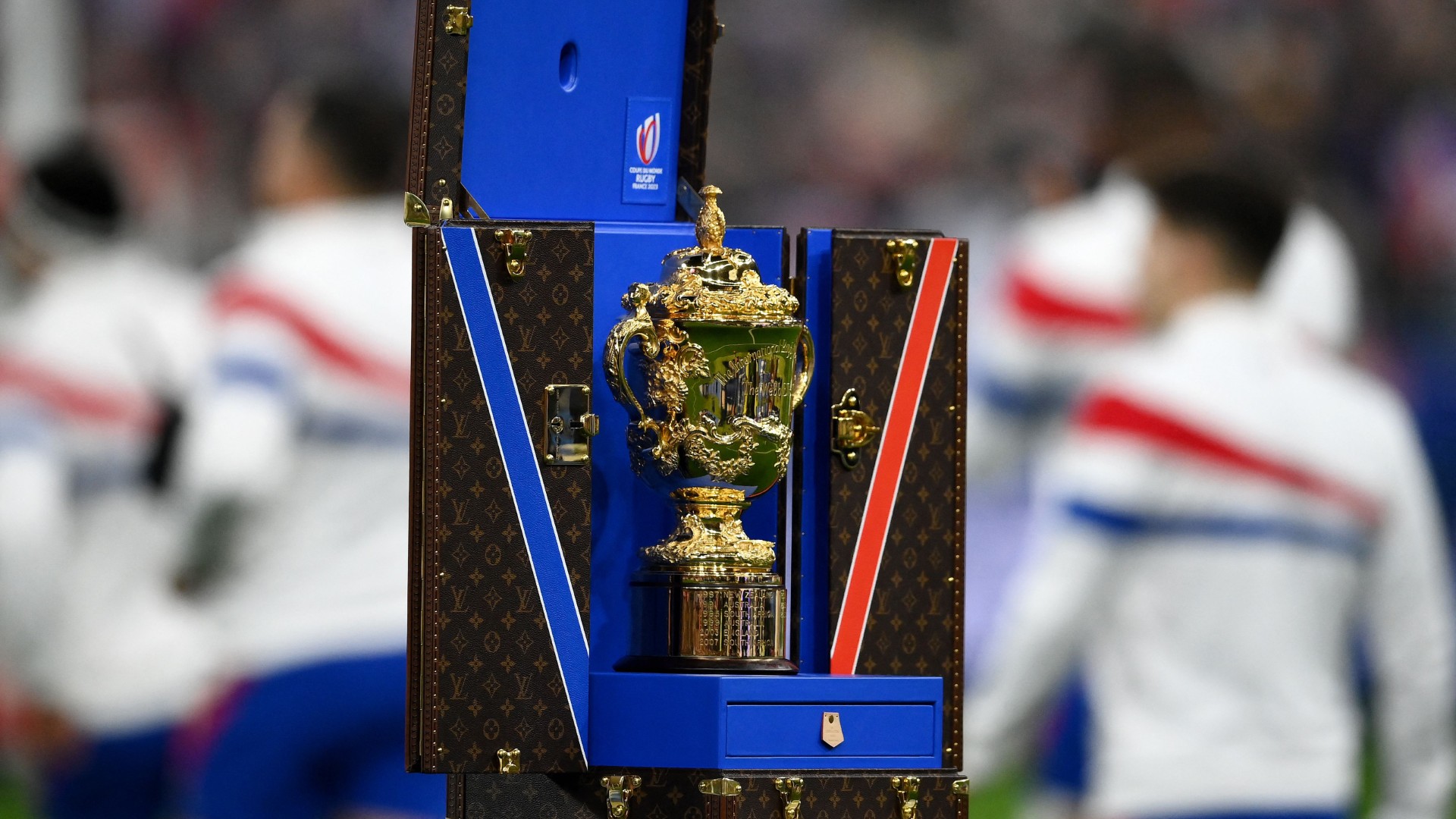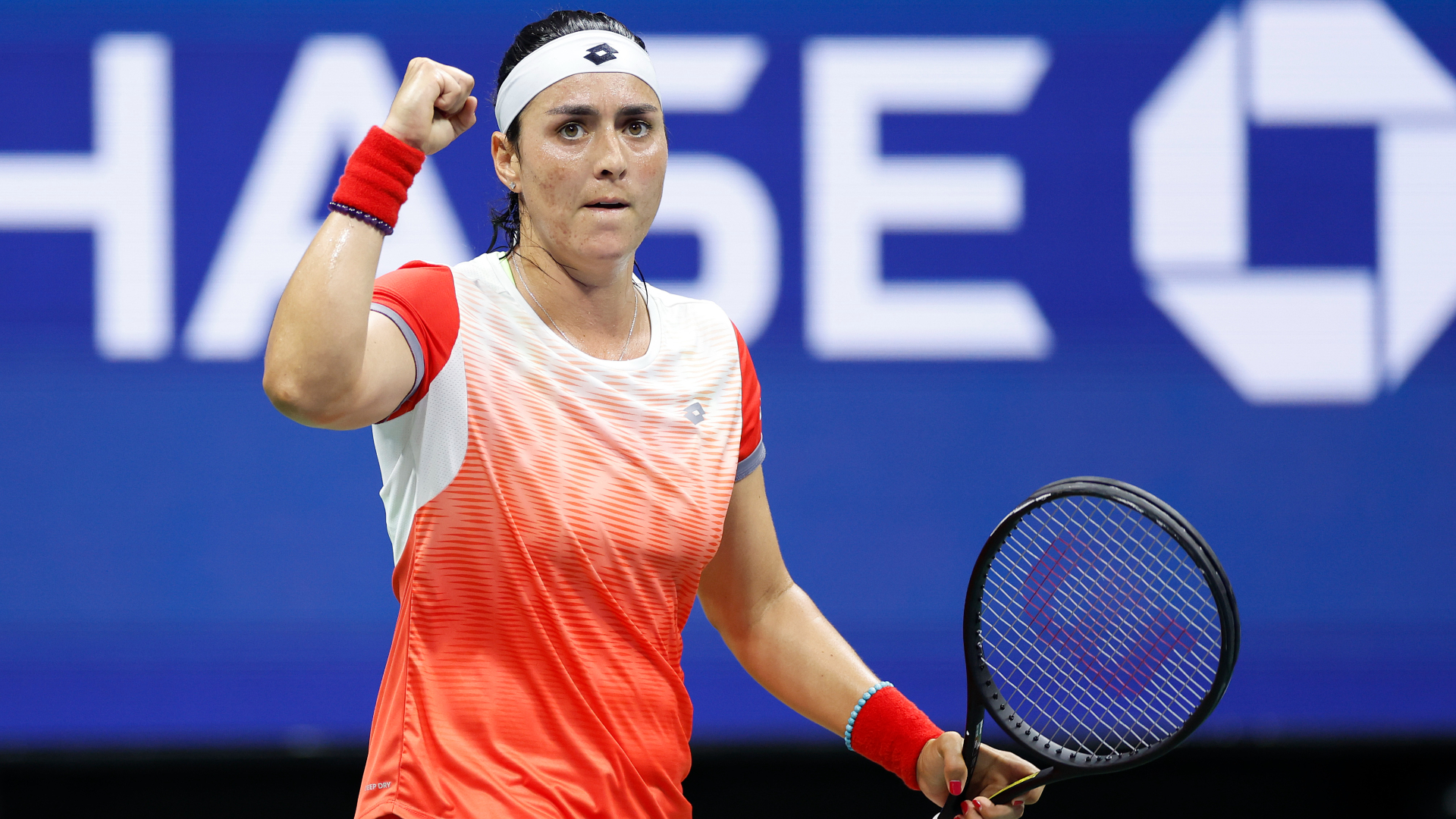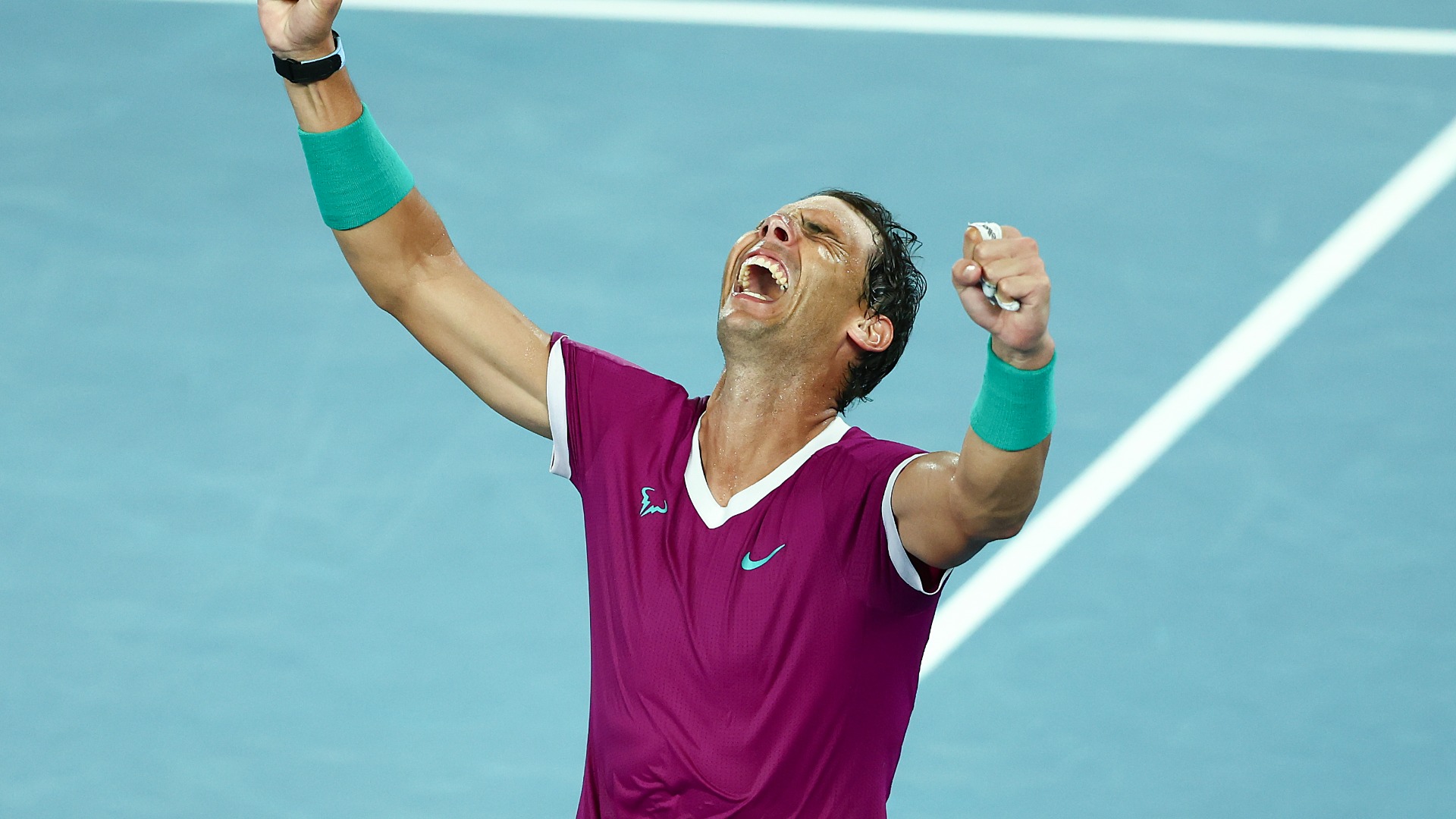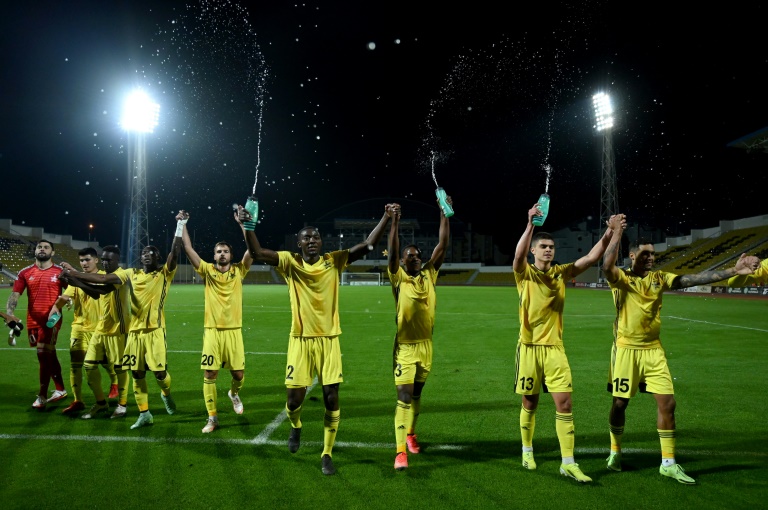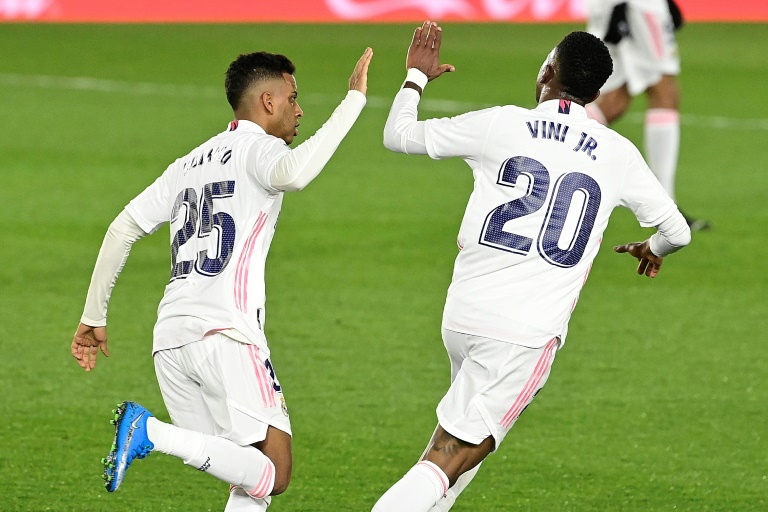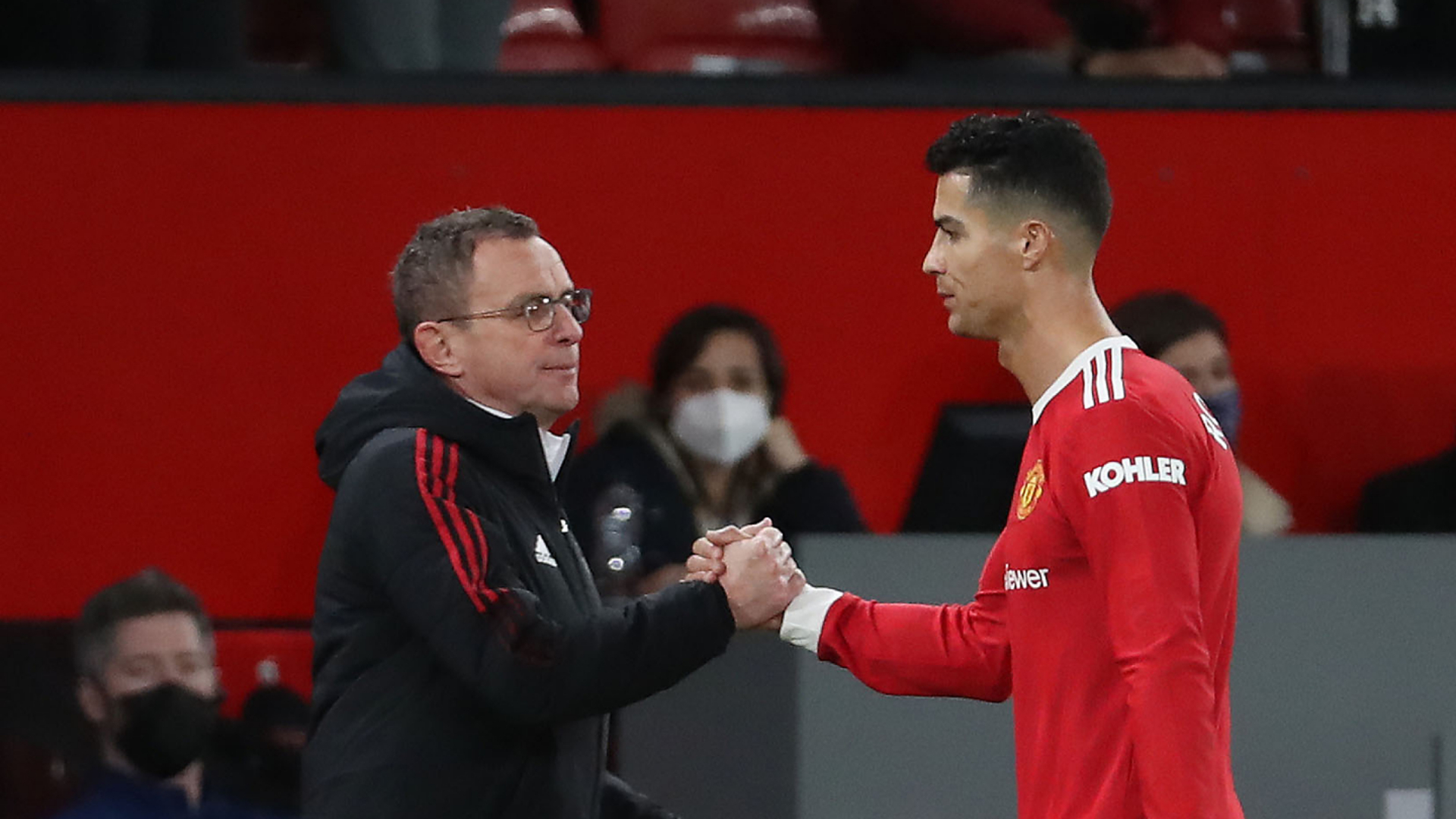
“Unfortunately, again, it was very similar to the last couple of games,” Ralf Rangnick said after Manchester United drew with Southampton. He was absolutely right.
Not only did they draw 1-1 for the third game running, but the pattern was eerily similar: a strong start, a deserved lead, a host of squandered opportunities, a goal conceded from their opponents’ first real chance of the match, and an inability to respond to the setback.
It’s not for want of trying. United had 12 shots against Southampton to go with 22 attempts at Burnley and 30 over 120 minutes of the FA Cup clash with Middlesbrough.
These have not been the hopeful efforts of the difficult final weeks under Ole Gunnar Solskjaer, either. They have missed some really good openings. As Rangnick pointed out to MUTV and BT Sport on Saturday: “In the last 20 minutes, we had enough opportunities, big chances to score again. The expected-goals ratio was in our favour clearly but, in the end, we didn’t get the result we wanted to.
“[We have to] become more lethal, more decisive and more convinced that we shouldn’t give away points like those today. As I said in the last four or five games, we started extremely well, we had an excellent half-hour again today but, in the end, it’s about playing that way for more than just one half.”
Rangnick’s mention of expected goals, a measure of the quality of chances a side creates, caught people’s attention. Talking about victory purely in terms of xG numbers can sometimes sound like a case of sour grapes from a manager, an updated version of ‘winning the possession battle’ after a team suffers a frustrating result.
Yet xG is an excellent springboard into examining how a team attacks, and whether the problem lies in creating chances or finishing them. And Rangnick is right: United’s issue is with the latter.
The following data, accurate as of the end of United’s draw with Southampton, offers a glimpse of what is going wrong for the Red Devils.
Since December 5, the date of Rangnick’s first game as interim boss – a 1-0 win over Crystal Palace at Old Trafford – United have scored 17 goals in all competitions, but their xG figure is 23.3.
That differential is the biggest among all teams in Europe’s top-five leagues in that time, almost double that of Brentford and Watford in second (-3.7).
Only four teams have greater xG over that period than United: Tottenham (24.7), Manchester City (25.9), Liverpool (28.7) and Chelsea (31.4). Spurs and Chelsea are underperforming theirs by between one and two goals, Liverpool are exceeding theirs by a similar amount, and City have scored nearly 10 more goals than the metric suggests they should. That goes a long way towards explaining why they are so far clear of the rest in the Premier League.
It follows, then, that United have only scored eight of the 30 opportunities classified as ‘big chances’ under Rangnick. That conversion rate of 26.7 per cent is the lowest among the teams to create more than 20 big chances in that time, and half as good as Man City’s (52.8 per cent).
It’s also hard to blame their misses on entirely the performance of the opposition goalkeepers. Looking at expected goals on target – a way of evaluating the quality of the actual attempt by the player who has the chance – United’s figure is 19.6, nearly 4.5 down on their basic xG. By way of comparison, Spurs’ xGOT number is almost one better than their xG, while Man City and Chelsea each have xGOT of roughly 30.
There is no doubt Rangnick has influenced United’s defensive play for the better: they have conceded 10 goals since he took charge, having shipped 30 this term under Ole Gunnar Solskjaer. It’s their attacking impotence that is holding them back.
Still, there is perhaps no real need to panic; it stands to reason that, by law of averages, their xG and xGOT numbers will begin to level out eventually.
Just one more goal in each of their past three games, and they would still be in the FA Cup and comfortably in fourth place in the league, and Rangnick would not simply be being dismissed as a sporting director in the wrong job.
They just need to find those shooting boots – and quickly.



